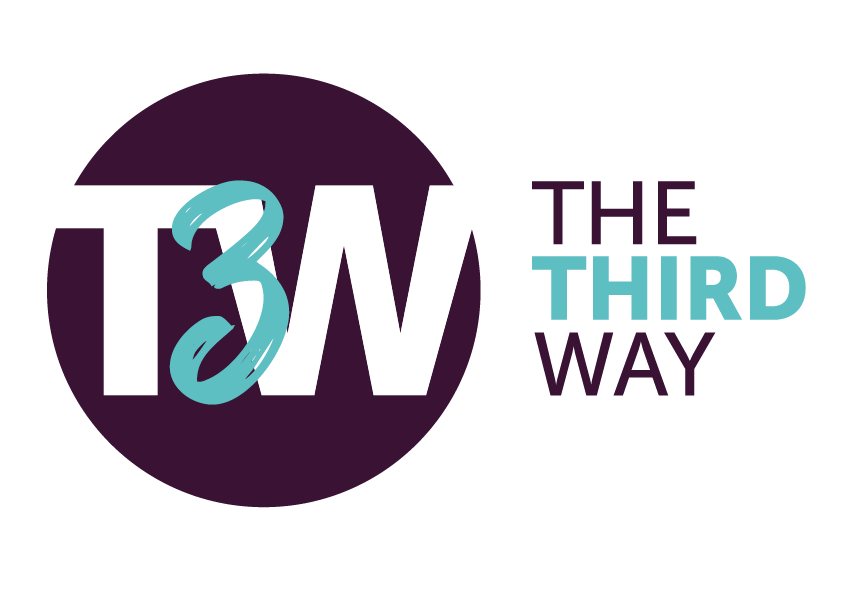Introduction
Welcome to the introduction of the impact management module.
Is it necessary to dwell on the importance of impact management for social entrepreneurs, or is it obvious? Regardless, it is good to structure your goals and put into words what effects your business wants to achieve. This will help
- the founders to have a clear vision, even amidst hectic times.
- inspire everyone inside and outside of the organisation.
- to inspire the stakeholders.
And of course, keep in mind that impact is related to action and business. Don’t forget that social entrepreneurs are change makers. Change may start in the mind but it does require action, so make sure to connect your impact dreams to the module of business modelling and financial planning.
Next you can find an overview of how this module is structured. We follow the impact management model which is split up in 5 steps:

- Start to impact. Become familiar with the basic concepts of impact management and define your stakeholders and impact goals.
- Define your impact. The basis of your impact management is the Theory of Change which defines how exactly your company will achieve the desired impact. This is often an eye-opener for everyone working in the organisation. This is also what your stakeholders are particularly curious about.
- Measure your impact. When you know what you want to measure, and for which target group, you can start measuring. It means gaining knowledge, but it is also an investment in people and resources. And these resources are usually limited, so setting priorities is important. Furthermore, strong and preferably evidence-based measuring instruments need to be put in place. Also remember, sustainable impact management requires systematic data collection. In organising this step, it’s good to appreciate what already exists and to build on it.
- Communicate your impact. This is where the principles of clear and strong communication come into play: how can you best deliver your message so that your target audience understands it? Think carefully about who you want to target and what exactly your message is. And if necessary, get professional help to translate this into a format that your target audience will find clear and appealing.
- Navigate on impact. What indicators does your business need to follow its mission and impact? How will you balance them with the financial-economic indicators? We added some information on impact culture on this topic as a sustainable impact management requires the dedication of the whole organisation.
20 minutes
The lesson Move to Impact will take you approximately 20 minutes to complete, if you only follow the explanations. The case assignments will take more time and force you to expand your wings to put the theory into practice to internalise it.
20 minutes
The lesson Define Your Impact will also take you approximately 20 minutes to complete if you only follow the explanations.
20 minutes
The lesson Measure Your Impact will take you approximately another 20 minutes to complete, that is, if you just follow the explanations.
20 minutes
The lesson Communicate Your Impact will take you a further 20 minutes to complete if you only study the basic content.
20 minutes
The lesson Navigate on Impact and Impact Culture will also take you a further20 minutes to complete if you only follow the explanations.
There are 3 concepts we want to share with you before starting the learning.
- What is impact? Start with definition of impact, and the difference between impact, outcome and output.
- Why, when and for whom measure impact? Since managing impact requires quite a bit of commitment and effort, it is recommended to think about what impact is important beforehand. Keep in mind for whom you want to prove your impact.
- Measuring impact is evaluating wicked problems. From one perspective, impact management is quite simple. In practice, it proves complex. Because many stakeholders with their own point of view, interest and needs, are involved. This makes impact management a co-creative and adaptive process. Which requires a appropriate guiding and leadership.
We keep repeating: Enjoy!
